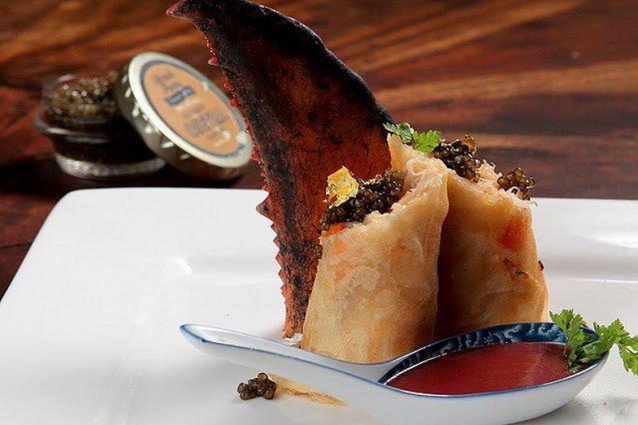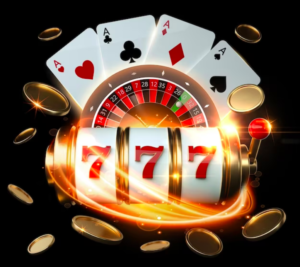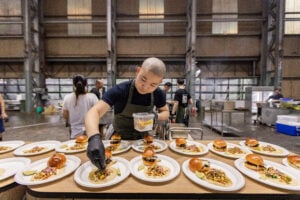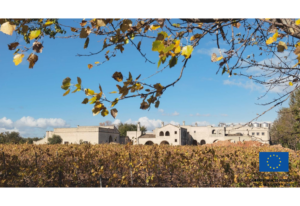It’s no exaggeration to say that I owe my cheffing career to the humble eggroll.
When I was starting out, I had an incredible opportunity to volunteer at the prestigious Hotel Bel-Air in Beverly Hills. I knew I was lucky just to get to see the inside of that kitchen, and I was desperate to find a way onto the permanent staff roster.
Like any workplace, the Bel-Air kitchen had its version of office politics, and there were always rumors floating around between the chefs, the servers, and even the guards. The only way I could get in on the gossip was by bribing the staff with food – almost always, eggrolls.
One day I heard that there were several high-profile guests coming to dine at the restaurant, and that the kitchen management was in a panic looking for something new to impress them with. These VIPs were all top executives from American Airlines, and it hit me that those guys were probably tired of the slightly stuffy Californian French classics regularly served at the Bel-Air.
As you can imagine, I was doing a lot of eggrolls in those days, and so I took a chance and put something together without being asked. I went for more of a goi cuon spring roll, but instead of the usual ingredients, I threw in the best of what I could find in the kitchen – some fillet mignon and wagyu beef, making the dipping sauce out of mirin wine.
The F&B manager at the time, whose name was Rolland Rainer, was pretty frantic by this time, and so I managed to get my dish in front of him. He took a taste and declared it “sexy” – his favorite word – and that was what got served up to the airline VIPs. I was dragged out and introduced as “our in-house Asian chef”. It was a major stroke of luck, but that’s how I got my position as Bel-Air’s banquet chef a few months later.
Later on in my career, my eggroll had its renaissance – and it became the one dish that changed everything for me. I’d seen truly luxurious larger-than-life dishes during my time at Bel-Air and catering in Hollywood – USD5,000 burgers and such – and I felt that I wanted to create something to show off the complexity of Asian cooking, to prove that it could go the same lengths as Western gourmet cuisine.
I chose the eggroll because that’s what reminded me most of my childhood. Leaving my mom in Saigon when I was ten years old was the most traumatic experience of my life, and I would always remember our time in the kitchen when we’d make eggrolls together, wrapping them nice and tight just like she showed me. It’s probably true to say that the USD100 eggroll was something I made for my mom.
So what exactly goes in there that makes it cost one hundred dollars? In short, Maine lobster tail, sevruga caviar, Alaskan crab – I picked the tenderest part – and autumn truffles for their nuanced taste (summer truffles are too heavy, and white truffles are too fine and light). I made the sauce from sauvignon blanc wine with fresh, organic raspberries and bird’s nest. The garnish was edible gold leaf – so fine you can’t even use your hands to touch it. I had to attach the gold with ice-cold tweezers from the freezer.
It’s basically an emperor’s feast in one tiny package. I wanted to show people a true gourmand’s dish, where it’s all about the flavor and not about stuffing your face full of food. I wanted the first bite to be so full of complexity that it made up for the tiny portions of the dish. The food of a true gourmet, and fully deserving of its price tag: the one hundred dollar eggroll.








